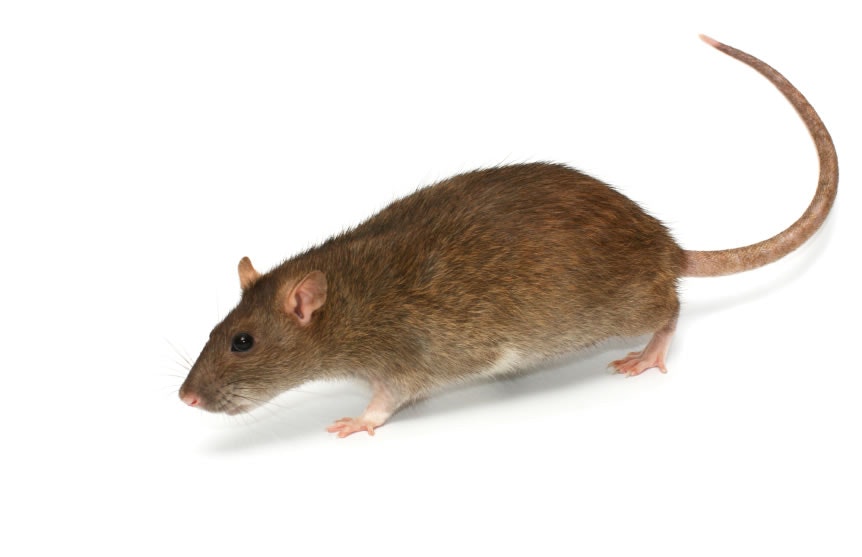Prevention
A number of tips and advice aiming to prevent rats from infesting your property,
Remove sources of food and water
- Store garbage in sound metal containers with tight-fitting lids.
- Use a regular garbage removal service.
- Feed pets only the amount of food they will eat. Leave no leftovers for the rats.
- Use a spill-proof kind of bird feeder.
- Harvest fruits, nuts, berries and vegetables regularly.
- Repair leaking water faucets.
- Control garden snails.
- Store food – including pet food – in metal containers with tight lids.
Eliminate shelter and harborage
- Repair broken or open building sewers. Rats infest property from broken or open sewers, which connect to the main sanitary sewer where they live.
- Clean up and haul away junk.
- Neatly stack lumber and firewood 18 inches off the ground and 1 foot from walls and fences.
- Remove double fences.
- Remove old furniture, appliances, abandoned vehicles, and outbuildings.
- Remove accumulated vegetation such as trimmings, leaves, and lawn clippings.
- Cut and remove blackberry vines and ivy overgrowths, especially from fences, and buildings.
- Change ground cover to less dense plants.
Rat proof your building to prevent rat entry
- Close all openings larger than 1/4 inch, to exclude rats.
- Repair or replace damaged vent screens.
- Screen all vents, holes, and overlapping roofs with 16 or 20 gauge, ¼ inch hardware cloth.
- Use sheet metal collars around pipe entrances in wooden walls.
- Use cement fill around pipes in brick, stone, or stucco walls.
- Use sheet metal edging along door bottoms to prevent entry and gnawing by rats.
- Crawl space entry holes must be sealed with a tight fitting door.
- Rat proofing offers a permanent solution by keeping rats outside of your home.

If you have a rat problem:
- Remove sources of food and water so rats will accept baited traps and poison baits.
- Kill the rats with traps and poisons.
- Remove harborage and nesting places after the rats have been killed. If the shelter is removed before killing the rats, they could scatter to other property and then reinfest your property later.
Trapping
If the rats are inside your building, use large snap traps. Trapping is most effective after rat proofing the building. Use unbaited traps with enlarged triggers of ¼ inch screen, or use snap traps baited with peanut butter, bacon, or other food the rats are eating.
Place the traps along runways where rats will be forced to pass over them. Check for evidence of rub marks along walls and droppings. Place traps where children and pets will not disturb them.
Poison baits
Poison baits are not recommended for use inside the home. Rats may die in walls and cause odors. All safety precautions should be observed when handling and using any rodent poison in order to minimize the danger of accidental poisoning to children and pets.
Multi-dose anticoagulant poisons require several days of feeding to kill rats. Poisoning should be continued for at least ten days. If all bait is eaten during the first night, increase the amount of poison bait each day until feeding activity stops.
Single-dose poisons should be used alternately with multi-dose anticoagulants to help prevent development of resistance.
If you have a mouse problem
- Remove sources of food so mice will accept baited traps and poison baits.
- Kill the mice with traps and poisons.
- Remove harborage and nesting places after the mice have been killed. If the shelter is removed before killing the mice, they could scatter to other property and then reinfest your property later.
Trapping (best control method)
Trapping is best done indoors since dead mice can easily be removed.
Trapping is most effective after mouse proofing the building. Use traps baited with peanut butter, nutmeats, soft candies, or other food the mice are eating.
Place the traps along runways where mice will be forced to pass over them. Check for evidence of rub marks along walls and droppings. Place traps where children and pets will not disturb them.
Poison baits
Poison baits are not recommended for use inside the home. Mice may die in walls and cause odors. All safety precautions should be observed when handling and using any rodent poison in order to minimize the danger of accidental poisoning to children and pets.
Multi-dose anticoagulant poisons require several days of feeding to kill mice. Poisoning should be continued for at least ten days. Single-dose poisons should be used alternately with multi-dose anticoagulants to help prevent development of resistance.
READ AND FOLLOW ALL LABEL DIRECTIONS COMPLETELY!
Place the dead mouse in plastic bags. Tie the bags, and put them in your garbage can.
